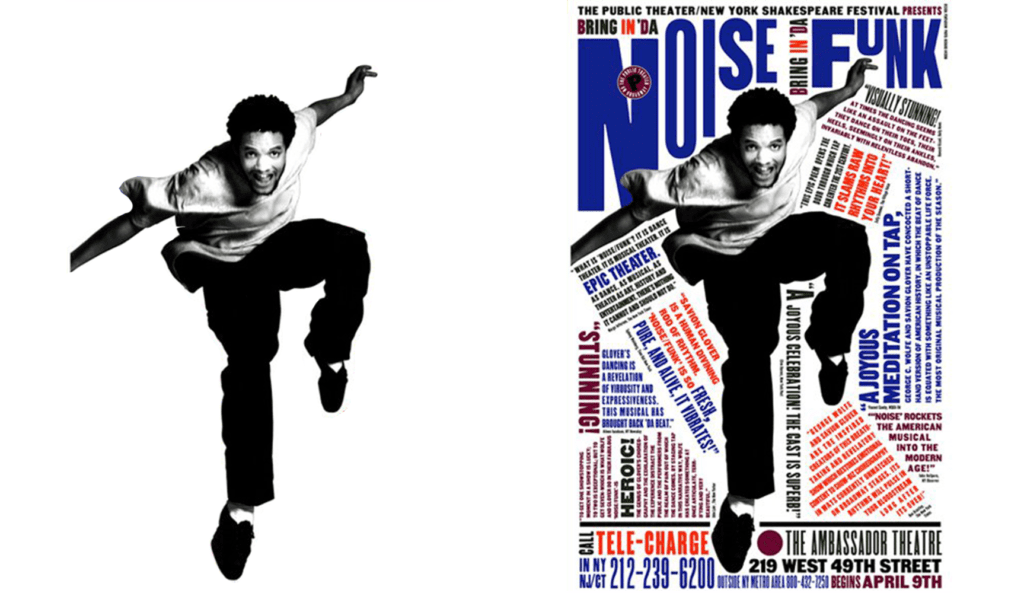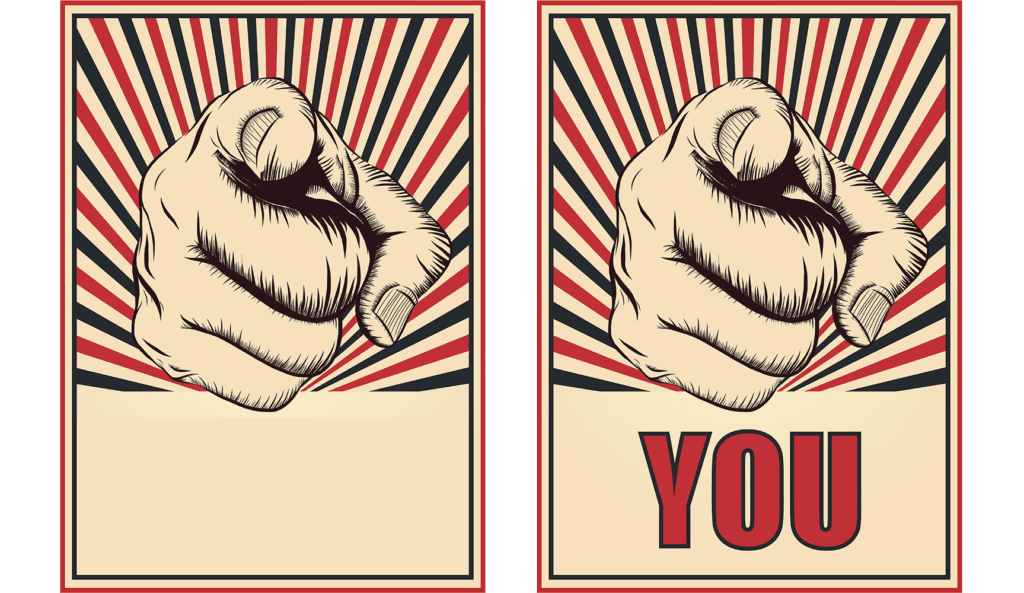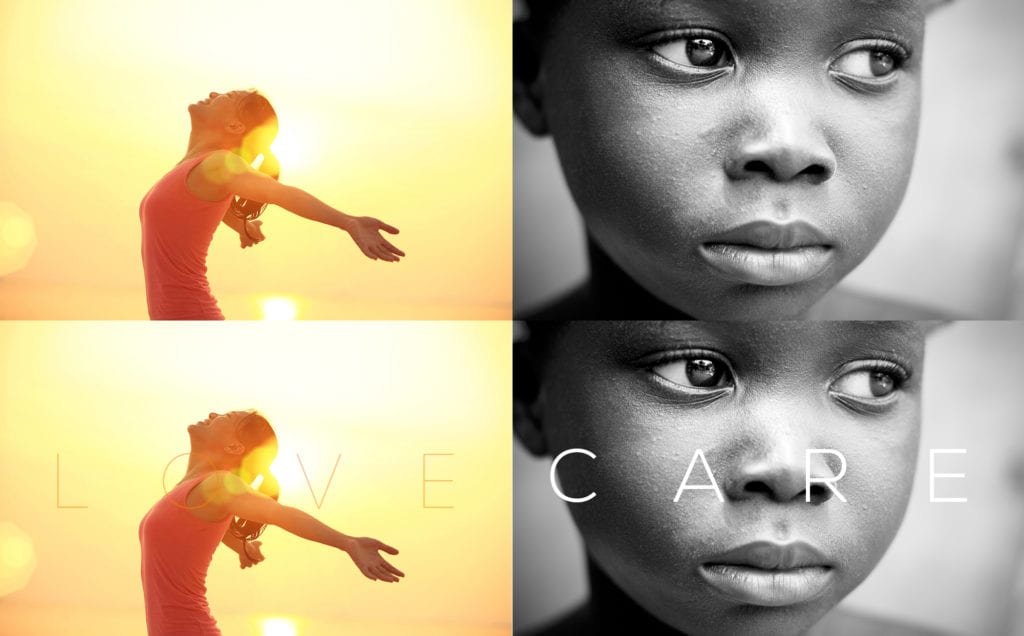According to the old adage: a picture is worth a thousand words. But when combined, a picture WITH words (or text with pictures) becomes a force to be reckoned with. Using content to boost the meaning of an image, is a sure-fire way to increase our understanding for the visual portrayal. Likewise, images and videos can be used to increase the chance of consumers engaging with your company and your content.

In marketing, images and text have a symbiotic relationship. When put together correctly, they form a powerful message that is appealing and memorable, regardless of the nature of your content.
However, the balance is a fine one.
Too many images can distract your audience and detract from the point you are trying to make; in the same way that too much text can seem daunting to read through. In marketing, the text-image relationship serves as an important tool for simultaneously delighting, engaging and informing the consumer.
On average, today’s consumer is more interested in visual stimuli coupled with concise, meaningful text. Marketers will need to take heed of this shift if they are to be successful in growing their audiences and staying relevant.

Within the social media streams, text plays a very small yet incredibly effective role. Take Twitter, for example, where you are given only 140 characters in which to write compelling and meaningful content.
When looking at the response rate, Tweets with images receive 18% more clicks, 89% more favourites and 150% more tweets. Digital marketers are drilling into this approach as a means to stay appealing, native and engaged with their audiences.
Let’s now consider the deluge of images circulating the web – between Facebook, Instagram, Flickr, Snapchat and WhatsApp, subscribers share nearly 1.8 billion images every day. The sheer volume of imagery posted online indicates that people have a strong desire to share what matters via visual stimuli.
Therefore, imagery in content marketing is fundamental if marketers want to make a lasting impression on consumers. A strong message attached to your image could push your campaign to new heights.
So you’ve written this exquisite, informative blog, with pages and pages of wonderful text. But (sorry to say) no one is going to read it, because it looks dense and time-consuming! They may well attempt it, but boredom will soon set in, especially for those prefer visual stimulation.
Society today is fast paced – fast reading, fast posting, fast living! We want information quickly. It must be easy to digest and engaging. Simply put, we have less time to read deep, thorough articles.
Adding images to your text play a powerful role in the likelihood of your blog post being read to the end – articles with images get 94% more total views! Images also help to tell (or support) a story, making the content easier to digest.
Consumers are also more likely to consider purchasing a product in they can see a picture of it alongside a description. Correspondingly, a high-definition image is likely to gain even greater attention.
Furthermore, an email with a heavy image and poor text content will be visually pleasing, but not very informative and subject to being blocked by the spam filter, so you must always consider the platform you are writing for, whether that is a web blog, social media or email template.

Jakob Nielsen, widely acclaimed internet researcher, indicates that most users read only 20 percent of the words on a page. Based on that premise, if you have written a 1,500 blog post, people will only have read an average of 300 words.
If there are very little people reading the content in the first place, has our verboseness been rendered futile? And why is your audience not reading your whole blog? Experts have suggested there maybe a few reasons:
How do you ensure your article is being read? As mentioned above, it is important to couple communication with visuals – video, infographics and imagery. This can ensure that a piece of information is easy to digest and holds the reader’s attention, whilst remaining attractive and noticeable.
In addition, be simplistic – do not write five pages where only one paragraph is needed. Waffling on will not get you many readers. Small, yet informative chunks of text can be powerful, communicative and much more memorable.
Learning how to effectively strike a balance between text and image in your marketing strategy can result in better communication with your audiences. Below, we have compiled some tips that will help you combine both areas more easily.
Can your readers see clearly?
If you are using a background image over text, avoid using one where the colours are too strong or the picture is too busy and compromises the text’s readability. Use simple shapes with a slight transparency behind your text. The finished article will look elegant, simple and direct.
Don’t be shy! Use a number of shapes, sizes and fonts to get your point across. The challenge here will be to match them properly, but there are solutions to avoid this. For example, use rounded shapes with rounded fonts, sharp shapes with sharp fonts. Use uppercase lettering to stand out if your image/text are bold. Or enhance certain words and phrases with a different font/size/casing.
Think about the positioning of your text and background image. Ensure text does not cover the main part of your image by aligning it correctly on the canvas. A relevant quote that features next to an image, for example, will ensure both elements complement each other.
Clarity is key! Ensure each element does not overpower the other. Keep your message simplified in both the visual and textual sense. Subtle tones and a clear background combined with a strong font colour and style, for example, will ensure the message stands out and does not become confused.
There are thousands of great examples on the web of where text and imagery have been combined to create engaging, harmonious forms of marketing – should you be looking for more inspiration?

At Media Street, we are all too aware of how pairing visual content with clever, descriptive language can create a powerful marketing force that is both interactive and engaging.
If you require our digital services – whether that’s design or content writing – we can help you to create a marketing campaign that benefits your business. Get in touch today for more advice and information.